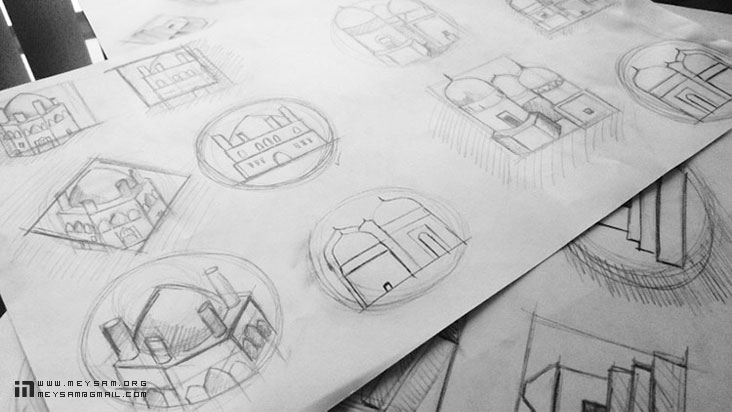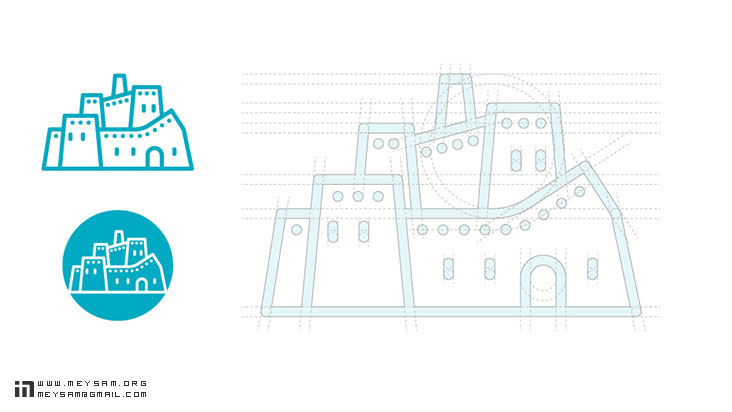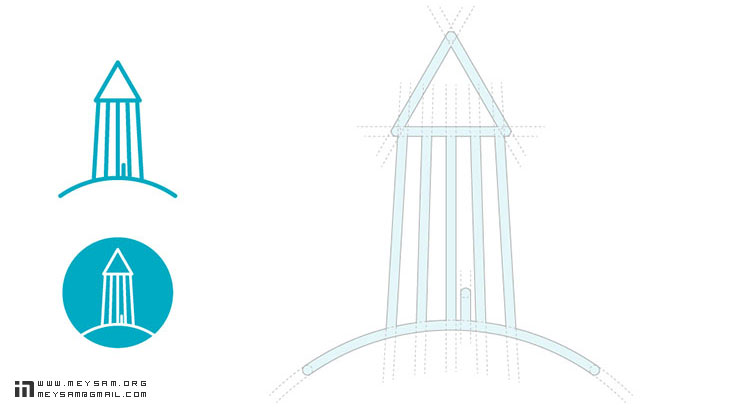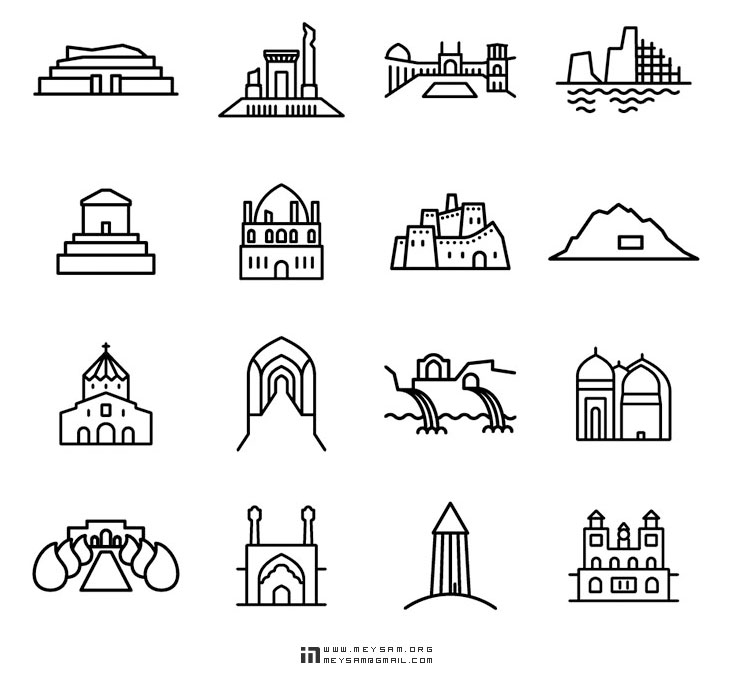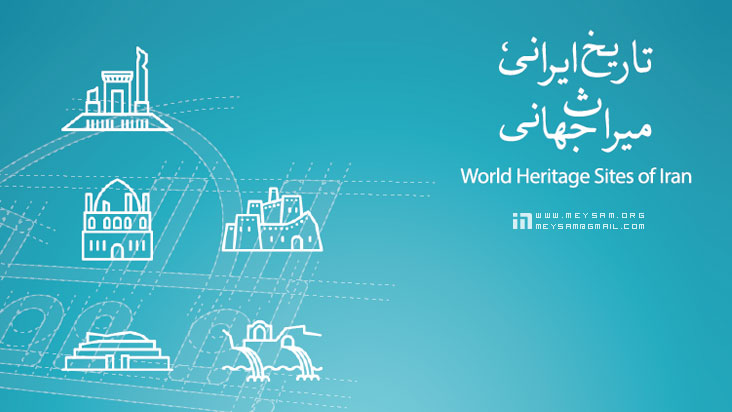تاریخ ایرانی، میراث جهانی (هویت بصری)
معرفی آثار میراث ایران ثبت سازمان یونسکو، متناسب با مقیاس جهانی مخاطبین و نمایش متناسب شاخصهای بناها پروژهای بود که در شرکت «طوسی» و با کار گروهی از محققان، طراحان گرافیک، معماران و عکاسان انجام شد.
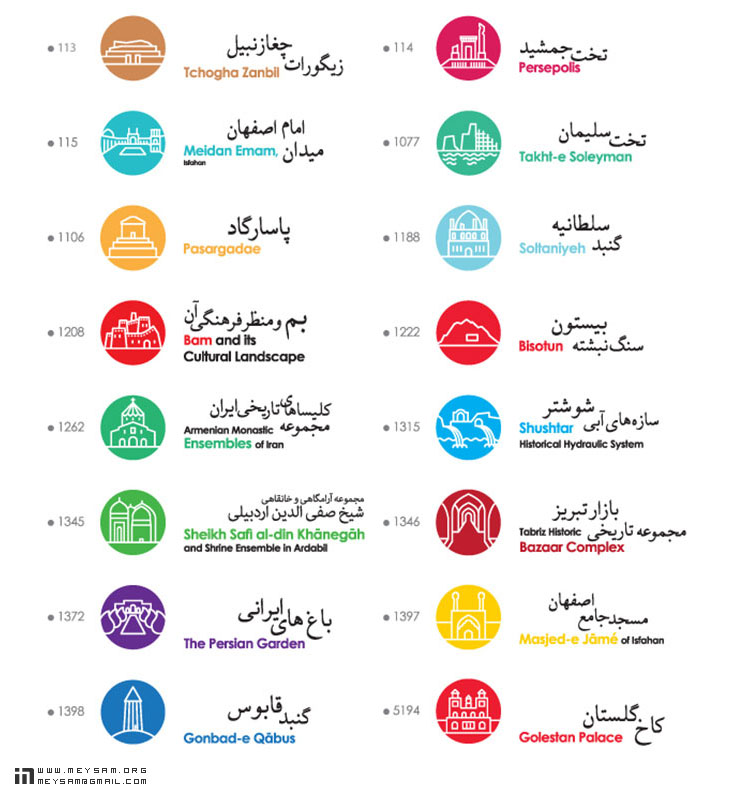
سازمان میراث فرهنگی، صنایع دستی و گردشگری جهت معرفی هر چه بهتر میراث ثبت شدهی تاریخی ایران در یونسکو، پروژهای را تدارک دید که اطلاعات مفید و جامعی در قالب نشریه، کاتالوگ و کلیپ های تصویری در مقیاس مناسب جهانی به مخاطبین عرضه شوند. این پروژه در بهمن ماه ۱۳۹۲ کلید خورد و ظرف مدت ۴۵ روز، هویت بصری کاملی از میراث جهانی ثبت شده ایران طراحی گشت.
روند طراحی: در پروژه طراحی هویت بصری آثار ثبت جهانی سازمان میراث فرهنگی، ابعاد جامعه شناسی، معماری و مرمت، برندینگ و گرافیک نقاط اصلی تفکر طراحی بودند. در فرایند طراحی، همواره مواردی مانند منظر مخاطبین بین المللی، خوانایی و روایی بودن طرح و تناسب آن با هویت و فرهنگ ایرانی – اسلامی، حائز اهمیت بود.
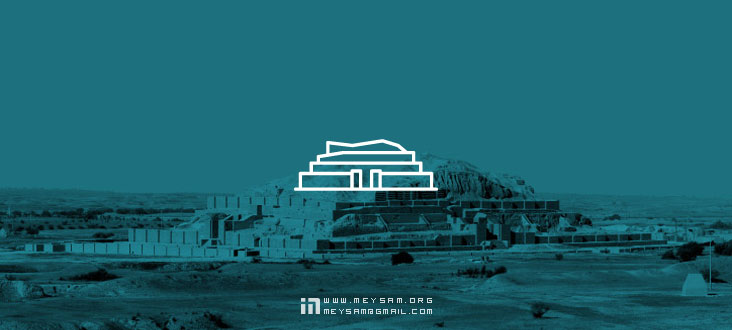
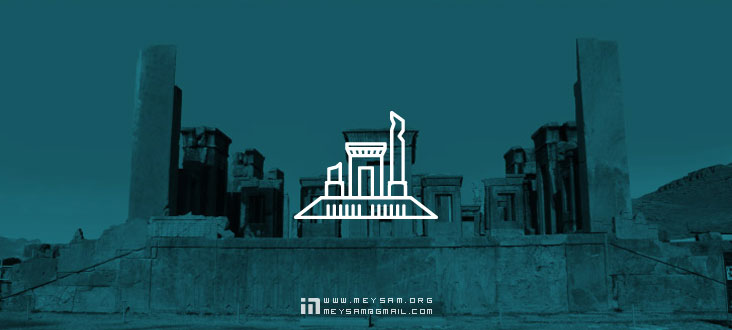
PERSEPOLIS – FARS
Persepolis was an ancient ceremonial capital of the second Iranian dynasty, the Achaemenid Empire. Archaeological evidence suggests that the earliest remains of Persepolis date from around 518 BC. It was Darius the Great who built the terrace and the great palaces
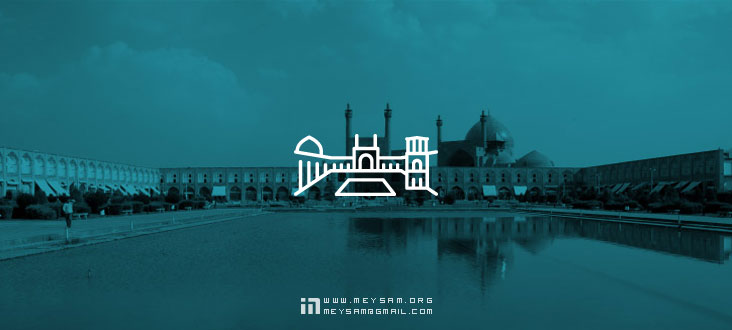
MEIDAN EMAM – ESFAHAN
One of the largest city squares in the world. The square is surrounded by important historical buildings from the Safavid era. The Shah Mosque is situated on the south side, Ali Qapu Palace on the west side, Sheikh Lotf Allah Mosque on the eastern side and the northern side opens into the Isfahan Grand Bazaar
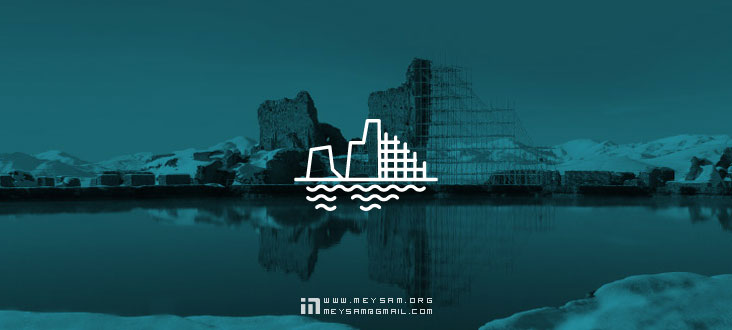
TAKHT-E SOLEYMAN – WEST AZERBAIJAN
Takht-e Soleyman, “The Throne of Solomon”, is the holiest shrine of Zoroastrianism and the former Sassanid Empire

BAM CULTURAL LANDSCAPE – KERMAN
Bam and its Cultural Landscape is an outstanding example of a Central Asian trading settlement. The town had its heyday from the 7th to 11th centuries
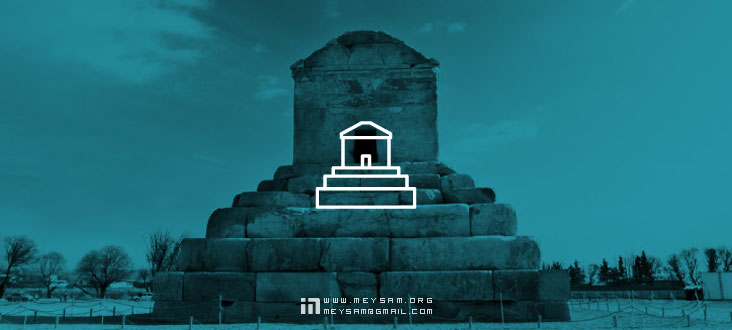
PASARGADAE – FARS
Pasargadae was a city in ancient Persia, and is today an archaeological site
Its ruins lie 87 km northeast of Persepolis and was the first capital of the Persian Empire. The construction of the capital city by Cyrus the Great, begun in ca. 546 BCE
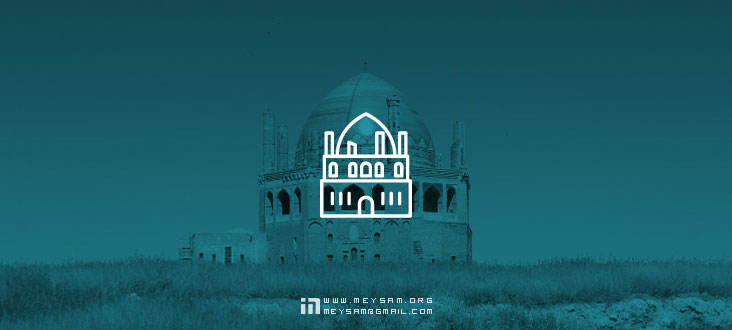


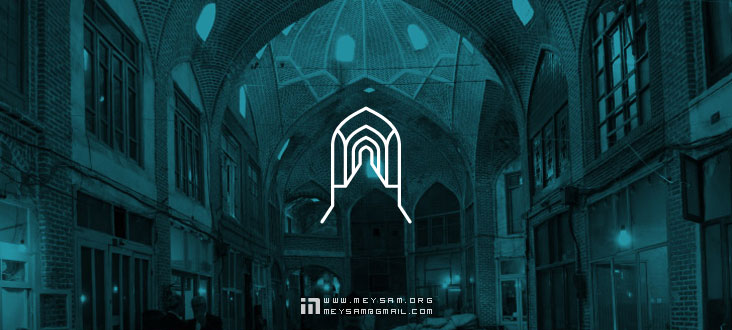
TABRIZ BAZAAR – EAST AZERBAIJAN
The Tabriz Historic Bazaar Complex is one of the oldest bazaars of the Middle East and the largest covered bazar in the world. Tabriz has been a place of cultural exchange since antiquity and its historic bazaar complex is one of the most important commercial centres on the Silk Road
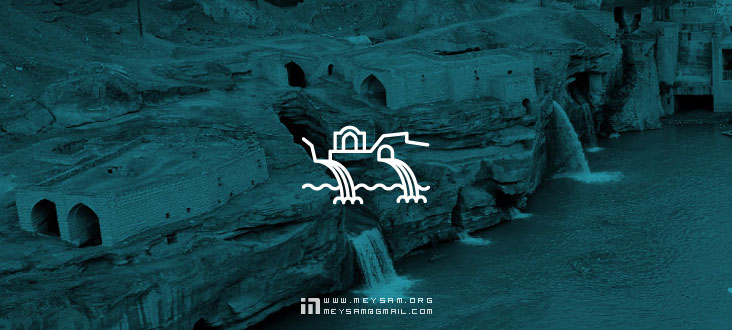
SHUSHTAR – KHUZESTAN
Shushtar, Historical Hydraulic System, is an island city from the Sassanian era with a complex irrigation system. The river was channelled to form a moat around the city, while bridges and main gates into Shushtar were built to the east, west, and south
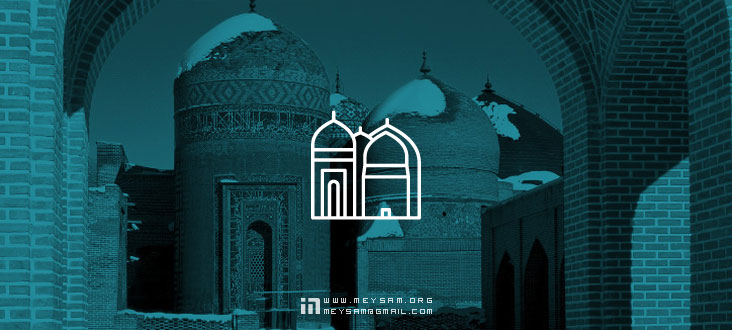

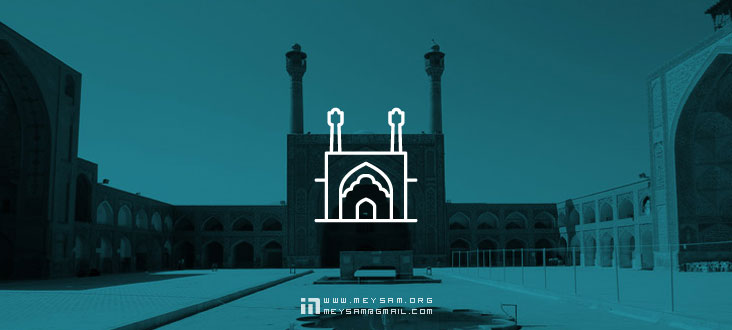

Gonbad-e Qâbus is a monumental tomb tower, the earliest and tallest in this part of Asia. It was built in 1006 as a tomb for emir Qâbus ibn Voshmgir, but no traces of remains have been found inside the tower
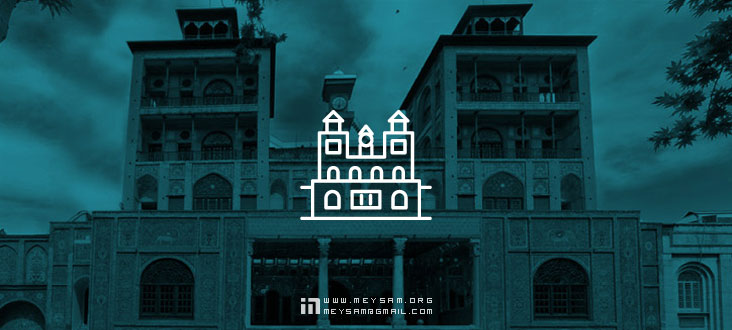
در نهایت میتوان روند طراحی این پروژه را در چند مرحله شامل تحقیق، الهام، طراحی، داستانسرایی، انتزاع، توسعه و همسوسازی دانست.
